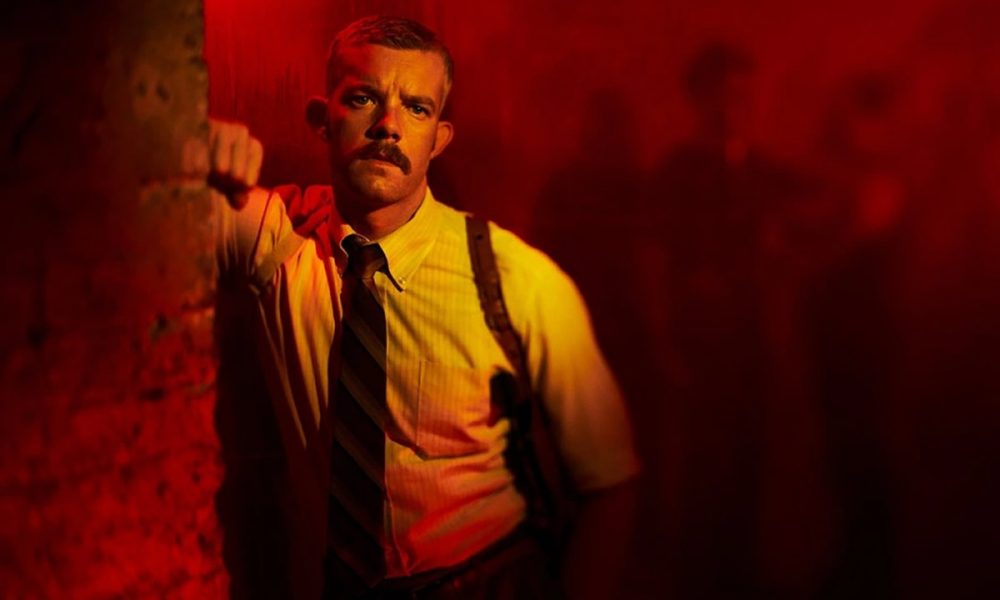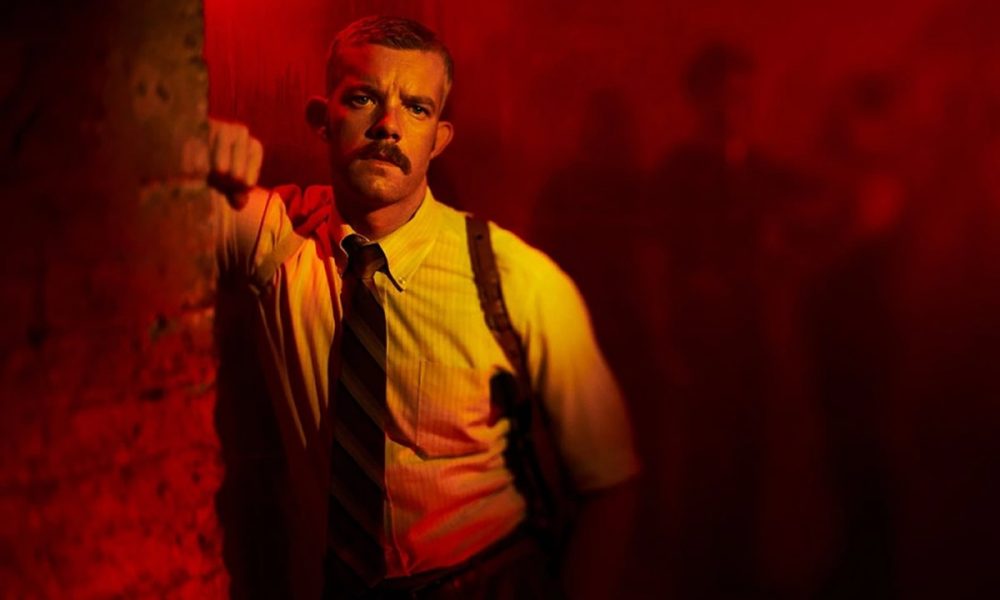
It’s hard to believe that “American Horror Story” is now more than a decade old – yet at the same time, it feels like it’s been on the air forever.
Arguably the signature accomplishment of gay entertainment mogul Ryan Murphy, who’s been behind some of the most acclaimed, controversial, and campy programming of our contemporary era, it’s a show that has met all three of those descriptors – often at the same time – while bringing a legion of die-hard fans back for more each season. That’s not an easy thing to accomplish, but Murphy’s “AHS” juggernaut has managed to keep itself going for 11 years thanks to its anthology format.
It has also, from its inception, been one of the queerest shows on television.
This might be stating the obvious, considering that Murphy typically includes multiple queer storylines in each season and employs a host of out queer actors, not to mention maintaining an unabashedly queer sensibility in the show’s aesthetic and bringing in the occasional iconic diva. We only bring it up here because for its latest installment, which premiered with two episodes on FX last week, just in time for Halloween, “American Horror Story” has gone “gayer” than ever.
Titled simply “NYC,” it’s set against the backdrop of 1981 New York and focuses squarely on the city’s thriving gay community. As anyone with even a basic knowledge of queer cultural history already knows, it’s a heady time and place for a gay man to be – but it’s also a time and place on the cusp of soon-to-descend devastation.
For most of the show’s characters, however, AIDS is not even a blip on the horizon, at least not yet. Instead, they’re facing a different kind of plague: a wave of grisly murders, targeting gay men, has left a growing pile of dismembered bodies in its wake, and to make matters worse, the NYPD seem uninterested in doing anything about it – or rather, most of them do. Patrick (Russell Tovey), a closeted police detective, has been cautiously pressing his superiors to take the situation more seriously, but it hasn’t been enough to nudge them into action; it also hasn’t been enough for his lover, Gino (Joe Mantello), an out-and-proud journalist who has made the mysterious killings into his paper’s No. 1 cause, and for whom Patrick’s refusal to share information about the case for fear of being “outed” has become a sore spot in their relationship.
The stalemate may be about to give way, though. When a young man named Adam (Charlie Carver) shows up at the station to report his roommate’s disappearance after a night of cruising in the Ramble, Patrick breaks his silence at home and tells Gino about the incident, encouraging him to pursue the story and giving him a lead to follow, and embarking on a clandestine investigation of his own; likewise, Adam, resolving to find his missing friend after having his concerns dismissed by the police, traces a scrap of a clue to Theo (Isaac Powell), a rising-star photographer, and his art dealer boyfriend Sam (Zachary Quinto), whose dark secrets may or may not be connected with the murders. Meanwhile, somewhere in the “gayborhood,” a killer still lurks, and the body count continues to climb.
If you’re thinking that the story – written by Murphy and frequent creative collaborator Brad Falchuk – is an allegory in which the hunt for a fictional serial killer (a favorite “AHS” trope) is used as a metaphor for the AIDS crisis, you’re probably not wrong. That doesn’t mean that AIDS doesn’t exist in this “AHS” version of the early ‘80s; a side story featuring epidemiologist Dr. Hannah Wells (Billie Lourd), glimpsed only briefly so far, has broached the subject of the disease, and it seems likely to become a big part of whatever endgame the show’s creators have in mind.
That endgame is anyone’s guess. “AHS” has a reputation for throwing everything against the wall and seeing what sticks; almost every season has left the gate with a provocative premise and an intriguing bundle of ideas – and while some have thrillingly lived up to their potential and others have devolved into a self-indulgent mess (though viewers’ assessment of which is which may vary wildly, depending on which viewer you ask), even the best of them have usually allowed at least one or two threads to trail off and disappear. “NYC,” at this early stage, could go either way or land somewhere in between.
Admittedly, it shows a great deal of promise. Obviously thrilled to explore a seminal moment in queer history, the series seems to delight in the sights, the sounds, and the happenings of early-‘80s Manhattan. There are scenes in the historic baths, complete with a singing diva (Patti LuPone, of course) to entertain the boys in between hook-ups; an artist-turned-impresario (Gideon Glick) throws a massive party in an abandoned pier-side warehouse, where everybody who’s anybody (or ever wants to be) gathers for a drug-and-disco-fueled night of art, fashion, and hedonistic fun; a Quentin Crisp-ish queer elder (Denis O’Hare) holds court in a dimly lit dive, and macho men engage in aggressive frottage at the leather-and-levi bar a few streets over. It’s the kind of vivid and nostalgic period recreation that Murphy’s productions have become famous for – detailed, colorful, immersive, and just glossy enough to make it feel like a fondly remembered dream – and it’s one of the pleasures of watching the show.
At the same time, there’s something unsettling about watching this Tarantino-esque distortion of a history that strikes such a deep chord in the queer imagination. With a main storyline that seems akin to a true-crime rewrite of “The Normal Heart” and a gallery of background characters that are clearly reimagined versions of real-life figures like Robert Mapplethorpe, David Wojnarowicz, Klaus Nomi, Victor Hugo and more, Murphy and Falchuk’s audacious (some might say sensationalistic) approach to melding LGBTQ heritage into a pop-culture horror narrative might hit a little too close to home for audiences who see this particular real-life chapter as horrific enough without fictional embellishment.
Still, as “AHS” has proven many times before, it’s not afraid to disturb its fans – and that doesn’t just mean with gore and shock value, though there’s always plenty of that. Its horrors are rooted in our social zeitgeist, in our traumatic memories and in the vast uncertainty of our life in the here and now.
“NYC” – coming as it does at a time when anti-LGBTQ rhetoric and homophobic ideologies make the hard-won advancement of our community feel all too precarious – is no different. Thus far, no overtly supernatural elements have emerged so far (though that may change), but by invoking specters that continue to haunt us, hovering in the shadows around our safe spaces until they can leap out and catch us off guard, it’s a ghost story, nonetheless.
It even has the potential to be a good one, if Murphy and company can continue to reach the bar they’ve set for themselves with the first two episodes. Judging from the “AHS” track record, they have a roughly even chance.








